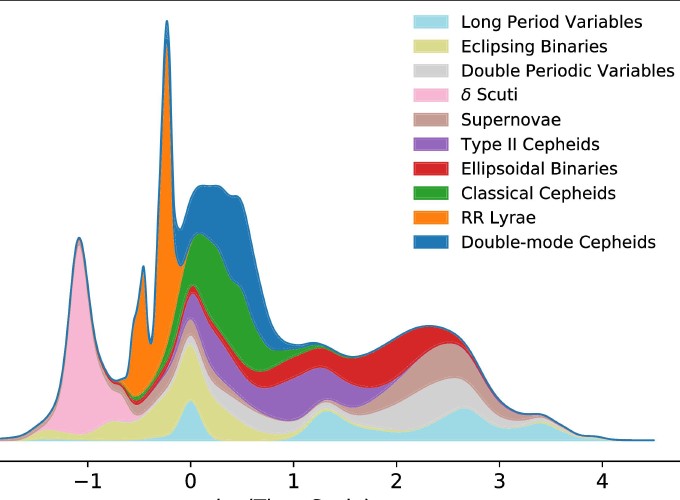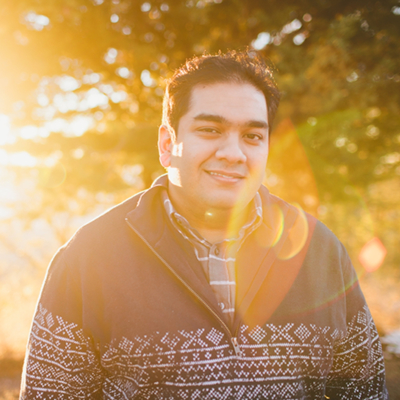I’m using techniques at the forefront of AI research to classify real-time data from wide-field surveys. My goal is to identify rare and unusual sources within these multi-messenger alert streams, as well as create pure samples of type Ia supernovae for cosmology with LSST. I use a combination of ML techniques to accomplish this including random forests, gradient boosting and much else. These days though, I’m using neural networks, particularly recurrent neural networks (RNNs) with Gated Recurrent Units (GRUs) or Long-Short Term Memory (LSTM) layers. I am working on using convolutional neural nets (CNNs) and generative adverserial networks (GANs) to move us from classifying time-series to classifying image-series.
I’m lead algorithms developer on the Arizona-NOAO Transient Alert and Response to Events System (ANTARES) broker, and my work is part of a special issue of the ApJ Supplement. I also lead the validation team for the Photometric LSST Astronomical Time-series Classification Challenge (PLAsTiCC) that is live now! I’m also involved in using deep learning to find supernovae within the TESS satellite’s footprint, using lessons from my time as part of the Kepler Extragalactic Survey (KEGS). My work has involved three students, and I’m guiding them towards their theses and publications.


